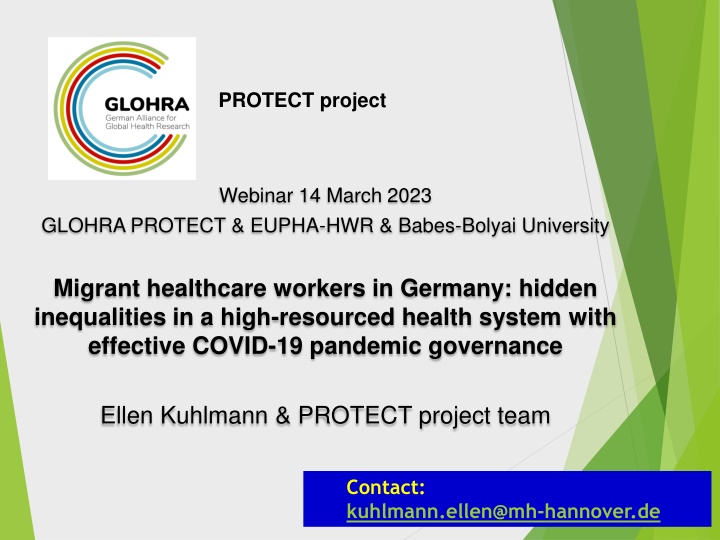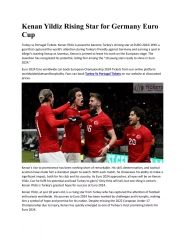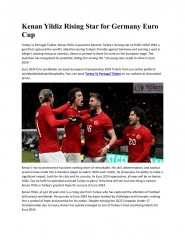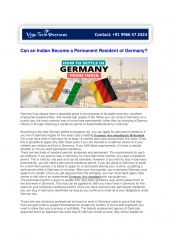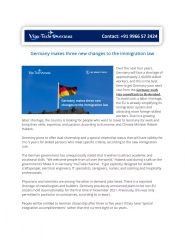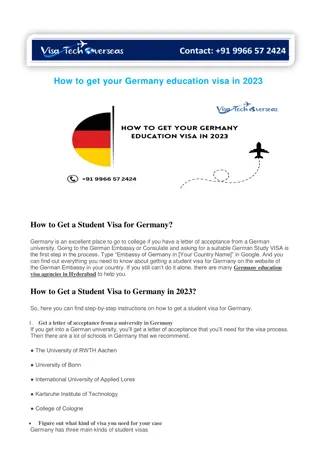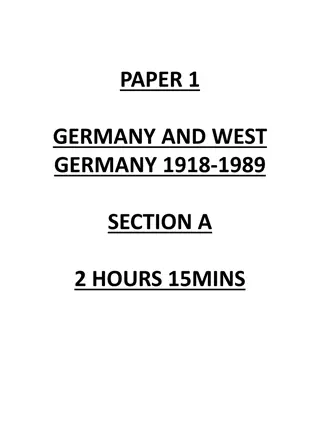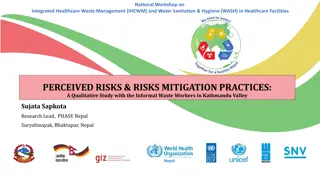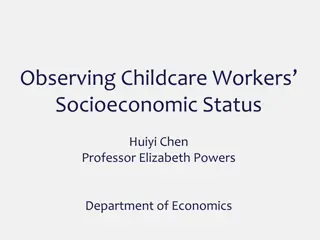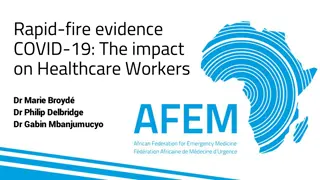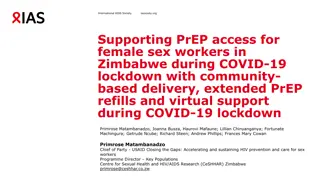Hidden Inequalities Among Healthcare Workers in Germany
Migrant healthcare workers in Germany face hidden inequalities within the high-resourced healthcare system amid effective COVID-19 governance. Research findings reveal disparities in social participation and work conditions. Key messages and findings from the study shed light on the challenges faced by national-born and foreign-born healthcare workers.
Download Presentation

Please find below an Image/Link to download the presentation.
The content on the website is provided AS IS for your information and personal use only. It may not be sold, licensed, or shared on other websites without obtaining consent from the author.If you encounter any issues during the download, it is possible that the publisher has removed the file from their server.
You are allowed to download the files provided on this website for personal or commercial use, subject to the condition that they are used lawfully. All files are the property of their respective owners.
The content on the website is provided AS IS for your information and personal use only. It may not be sold, licensed, or shared on other websites without obtaining consent from the author.
E N D
Presentation Transcript
PROTECT project Webinar 14 March 2023 GLOHRA PROTECT & EUPHA-HWR & Babes-Bolyai University Migrant healthcare workers in Germany: hidden inequalities in a high-resourced health system with effective COVID-19 pandemic governance Ellen Kuhlmann & PROTECT project team Contact: kuhlmann.ellen@mh-hannover.de
Background Migrant healthcare workers (HCWs) played a crucial role in maintaining healthcare delivery and resilience, but data are lacking especially for high-resourced European healthcare systems. Aims: to research migrant healthcare workers through an intersectional health system-related approach, using Germany as a case study. Methods. An intersectional research framework was created and a rapid scoping study performed. Secondary analysis of selected items taken from two COVID-19 surveys at Hannover Medical School was undertaken to compare perceptions of national-born and foreign-born healthcare workers, using descriptive statistics.
Key messages Available research is focused on worst-case pandemic scenarios of Brazil and the United Kingdom, highlighting racialised discrimination and higher risks of migrant HCWs.
Key findings German data show NO significant differences between national and foreign-born HCWs for: health status (SARS-CoV-2 infection, vaccination), perception of infection risk, protective workplace measures and government measures. However, items related to social participation and work conditions with higher infection risk indicate a higher burden of migrant HCWs.
National-born/ EU foreign-born/ non- EU foreign-born; p- value National- born/ foreign- born; p-value Level of COVID-19 related item Item Health status-related items (micro-level) Sickness absence Vaccination readiness Workplace and task-related conditions (meso-level) Care provided for patients with confirmed COVID-19 infection PPE during contact with COVID-19 infected patients Perception of individual risk and behavior (micro-level) Fear of infection at the workplace Fear of infection in the private sphere Compliance with pandemic measures in the private sphere Perception of organisational protective measures (meso-level) Protective action taken by the employer Compliance with protective organisational measures Perception of government pandemic measures/ policy (macro-level) Appropriateness of pandemic measures Personal restrictions due to pandemic policy Source: COVID-19 Contact study (CoCo) study, authors own calculations ; 1 Kruskal-Wallis test; 2 Pearson's Chi-squared test with Yates' continuity correction 3 Fisher's Exact test; 4 Fisher's Exact test with simulated p-value (based on 2000 replicates) 0.5602 0.4673 0.0263 0.7033 0.0373 0.1773 0.0443 0.0873 0.1751 0.3591 0.6441 0.6491 0.1641 0.4801 0.6201 0.4631 0.4221 0.7131 0.6471 0.7831 0.6131 0.3511
Key messages COVID-19 pandemic policy must include migrant HCWs, but adding migration status is not enough. An intersectional health system-related approach reveals how pandemic policies exacerbated social inequalities, and helps develop prevention strategies. Health policy and governance, management and professional associations matter. How can they support the protection of migrant HCWs?
Organisational settings Sector HCWF management Finance/remuneration Workplace/tasks COVID-19 risk/protection Health systems Pandemic policy/politics Social support systems Governance Finance/economy Workforce policy/density Migrant healthcare workers and COVID-19 pandemic Individual HCWs Gender Age Profession/identity Race/ethnicity National-born/EU foreign- born/ non-EU foreign-born Professional settings Physicians Nurses Medical assistants Other HCWs Hierarchy/status Figure 1. Generic intersectional research framework nested in health systems Source: authors own figure
Reference Migrant healthcare workers during COVID-19: bringing an intersectional health system- related approach into pandemic protection. A German case study. MedRxiv preprint, available at: https://medrxiv.org/cgi/content/short/2023.01.28.23285135v1
Acknowledgements GLOHRA team: Ellen Kuhlmann, Alexandra Dopfer-Jablonka, Marie Mikuteit, Anne Cossmann, Leonie Mac Fehr (Hannover Medical School) Frank M ller, Nancy Thilo (University Medicine G ttingen) Marius Ungureanu, Monica Brinzac (Babes-Bolyai University) Funding PROTECT is supported by the German Alliance for Global Health Research GLOHRA (https://globalhealth.de/funded-projects.html) with funds from the German Federal Ministry for Education and Research BMBF
